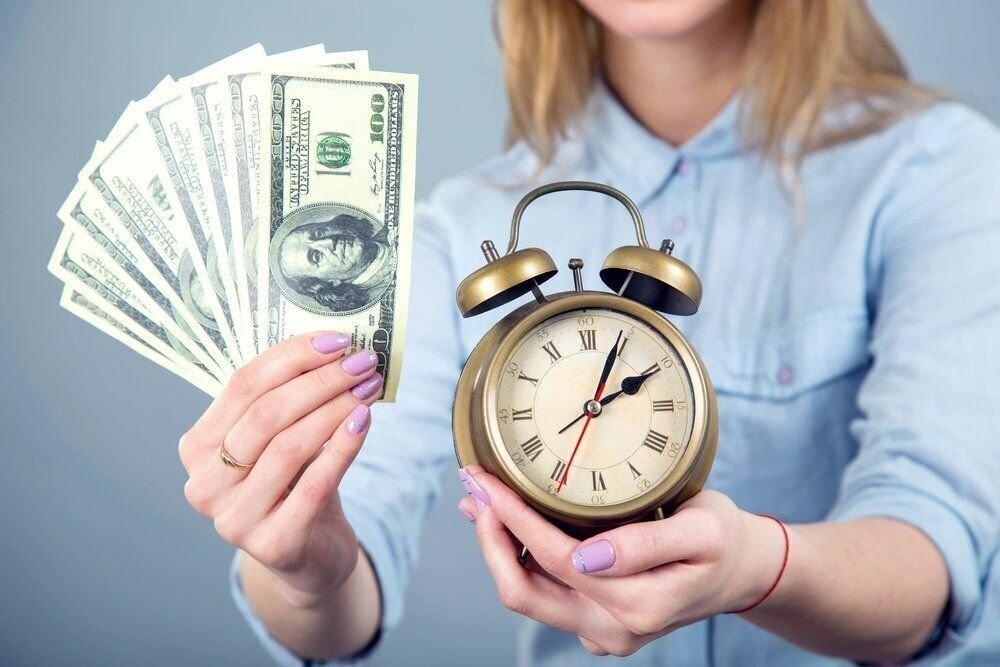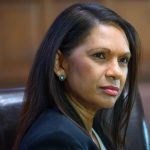The remuneration of Australia’s highest-paid chief executives has exploded by an average of almost 70% in the past year, new data shows.
Kogan boss, Ruslan Kogan, enjoyed the biggest increase among the top 50 highest paid executives, his pay skyrocketing from $594,000 to almost $9m this year – an increase of more than 1,400% – according to data compiled by remuneration research company OpenDirector.
Macquarie Group’s CEO, Shemara Wikramanayake, enjoyed the largest package among the top 50, worth $15.97m, up 7% from $14.91m.
The figures are based on accounting calculations of the value of a CEO’s base salary and bonuses, which are often linked to the company’s share price. However, actual take-home pay can be vastly higher or lower, as previously arranged bonuses crystallise into cash or shares.
On a take-home basis, CSL’s boss, Paul Perreault, pocketed $61m this year, boosted by a share price that has steadily risen over the past five years.
Rio Tinto shareholders rebel against ex-chief executive’s £7.2m bonusRead more
This contrasts with the value of his packet on a statutory accounting basis, which fell 9% from $15.23m to $13.87m.
Take-home pay among ASX100 CEOs fell by 3.6% during the height of the pandemic in 2020, according to data compiled by proxy firm Ownership Matters for the Australian Council of Superannuation Investors.
OpenDirector’s CEO, Donald Hellyer, said executive pay had “come roaring back” this year.
He said base pay had barely changed but short-term bonuses went up dramatically as share prices surged due to record low interest rates.
“The cynic in me says, is this a result of good, hard work, or is this just a result that very low interest rates are driving up the stock market?
“Who wins and who loses when you have really low interest rates, and the stock market goes up, housing market goes up. Well, people with money win out when interest rates go down, because they’re basically involved with risky assets.”
There was no skills shortage among executive ranks, he said.
He questioned whether company directors, who oversee the pay and performance of executives, “have the strength of character to be prepared to lose senior executives based on pay”.
“I don’t see it,” he said.
“You don’t really see executives leaving from one ASX 50 company to go work as a CEO for another ASX 50 company, so it’s certainly not happening at the top end of town.”
Pay went down for only nine of the top 50 chief executives, OpenDirector’s data shows.
The package enjoyed by Ian Testrow, the CEO of mining services company Emeco, fell the most, tumbling 46% from $9.96m to $5.35m.
The pay package of the Fortescue Metals Group boss, Elizabeth Gaines, sustained the second biggest fall, shrinking 22%, from $6.11m to $4.76m.
The second biggest gain was enjoyed by Shane Fallscheer, the boss of Lovisa, who resigned in October after 12 years atop the cheap and cheerful jewellery retailer.
His package swelled by 273%, from $1.22m to $4.56m.
Five CEOs were on packages worth more than $10m – Wikramanayake, Perreault, Goodman Group’s Greg Goodman, Newcrest Mining’s Sandeep Biswas and BHP’s Mike Henry.



